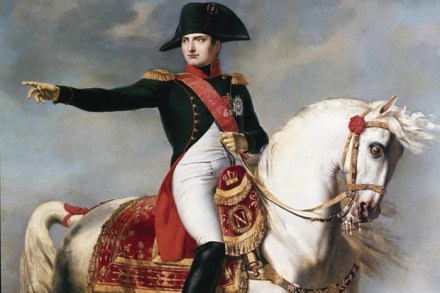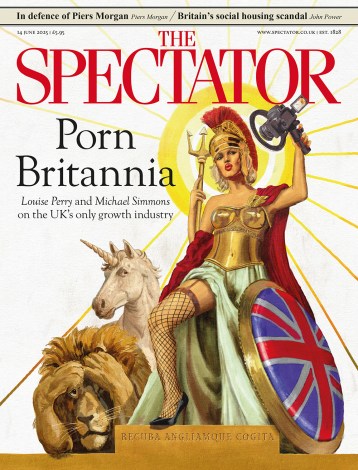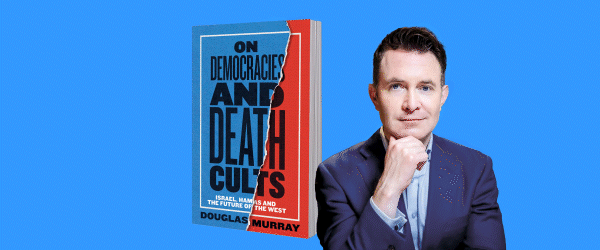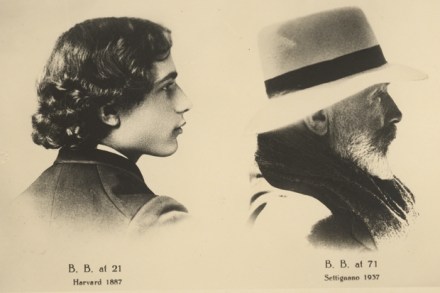The men who invented Napoleon
Writing about Napoleon is a risky business. It exposes the author to the brickbats of the blind worshippers for whom he is a numinous hero and the equally challenged detractors who see in him only the petty tyrant. By the same token, most historians find themselves negotiating a slippery path between approval and censure of this most controversial and somehow still very relevant figure. It is one of Philip Dwyer’s great merits that he remains so detached from his subject that he makes the reader forget his own prejudices. He approaches it with the discipline of a chemist in his laboratory: he is understanding of his protagonist but not sympathetic.





















